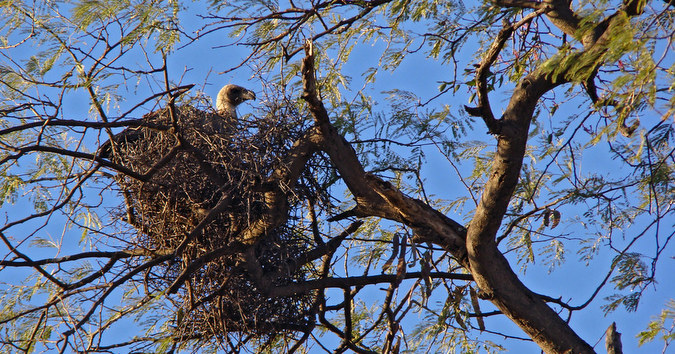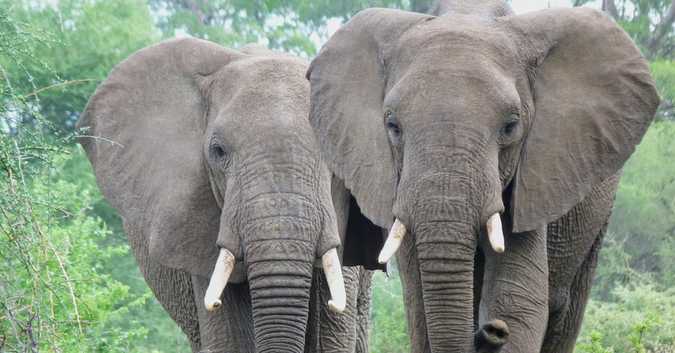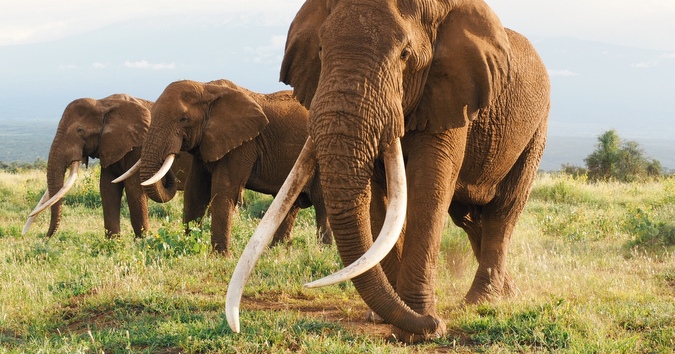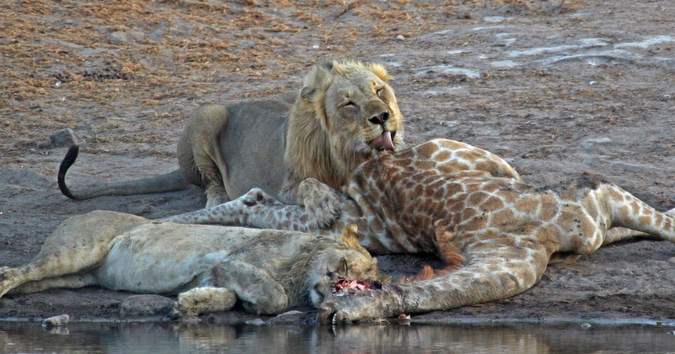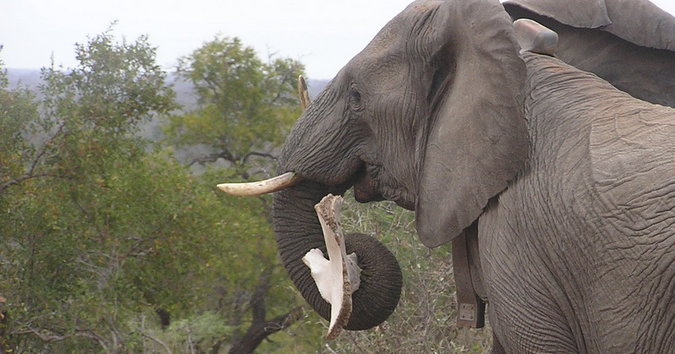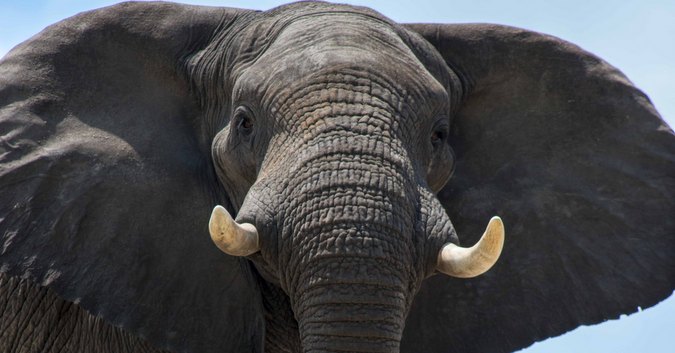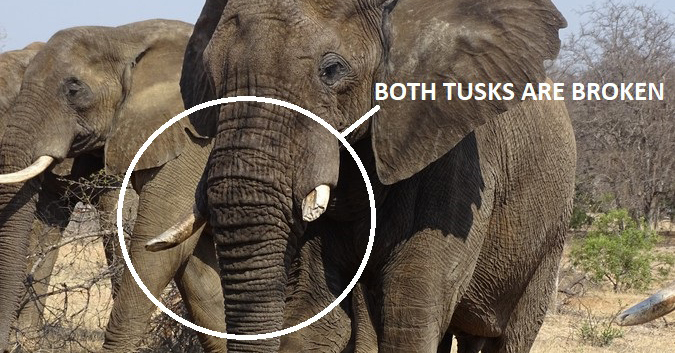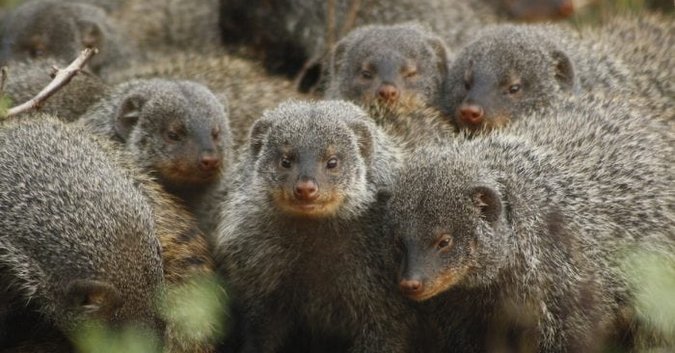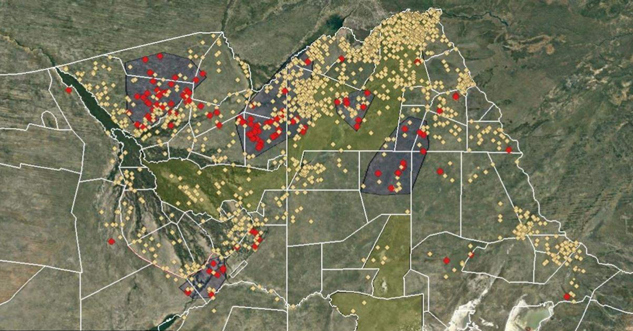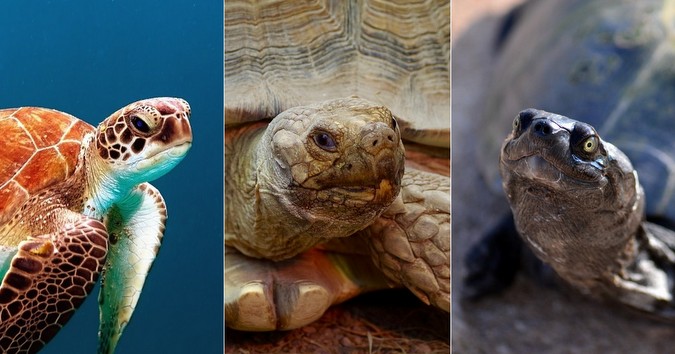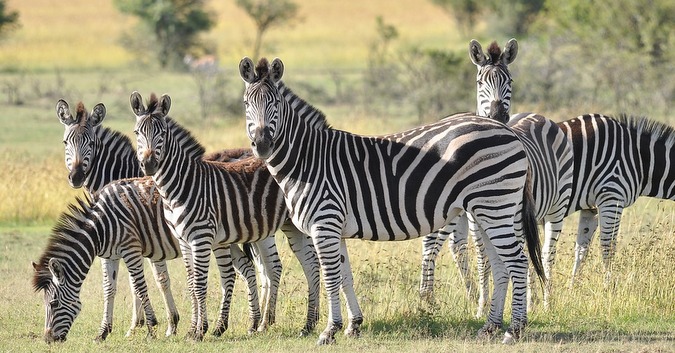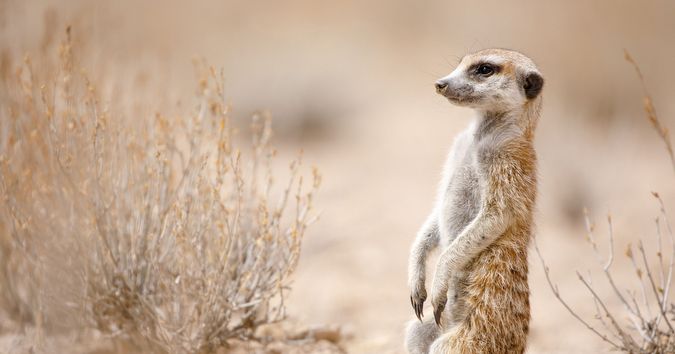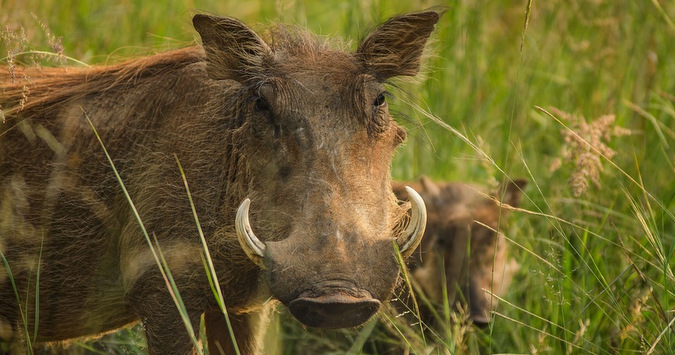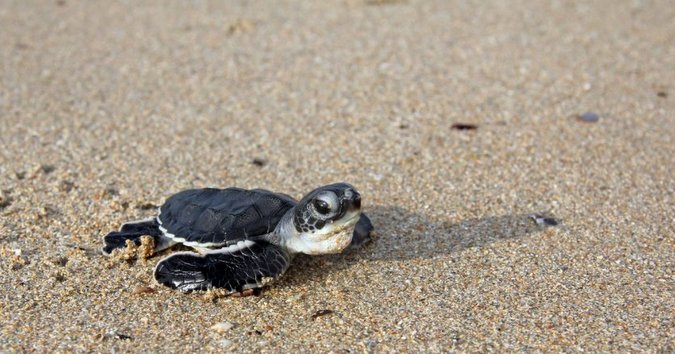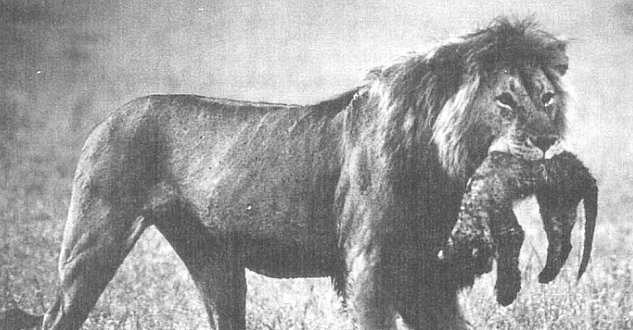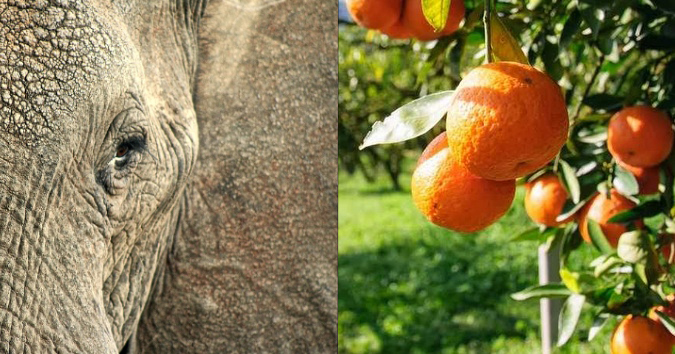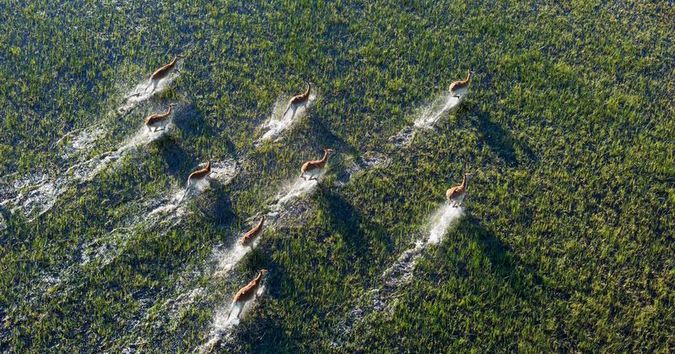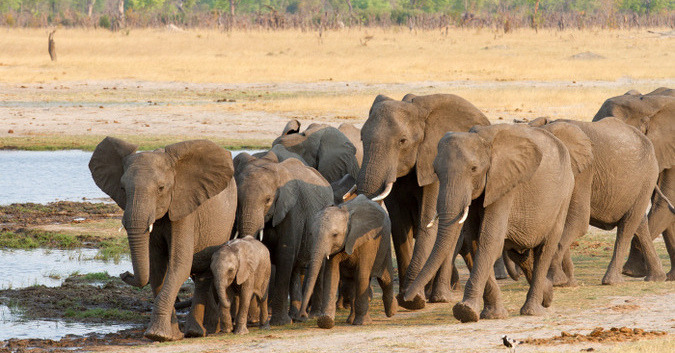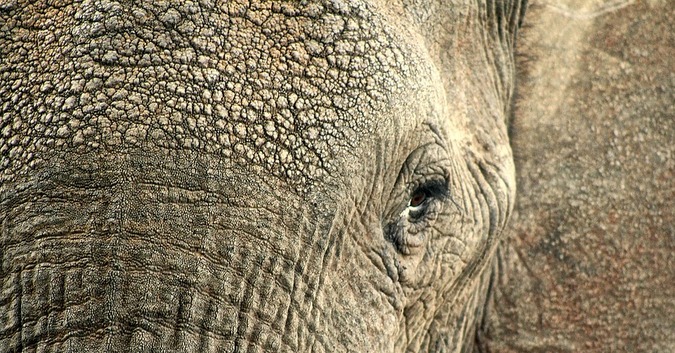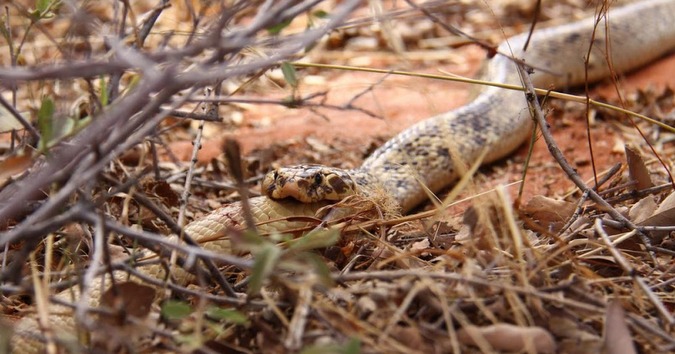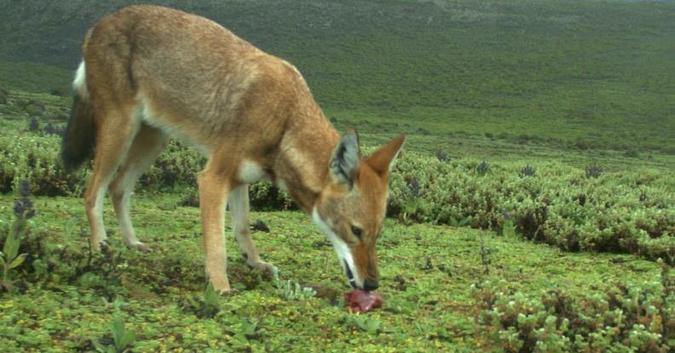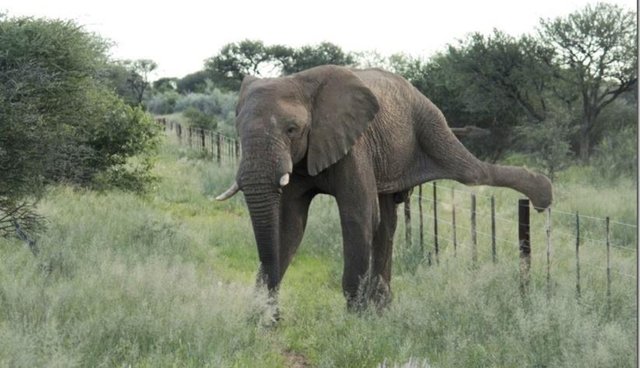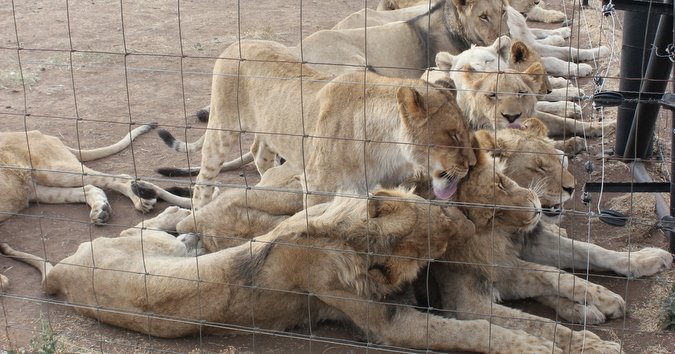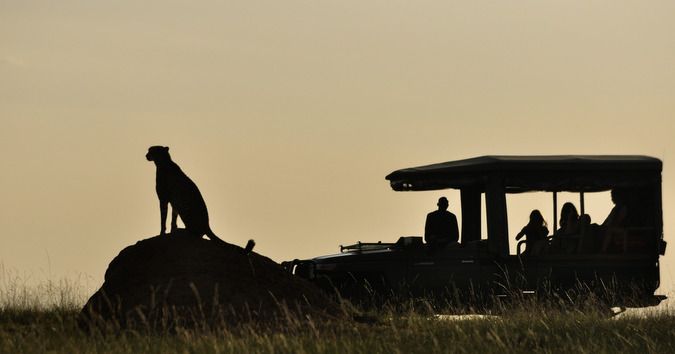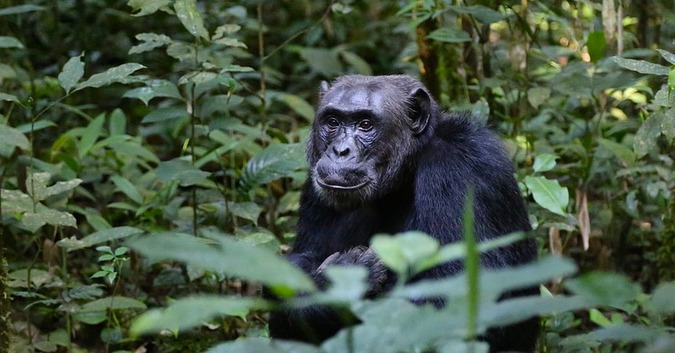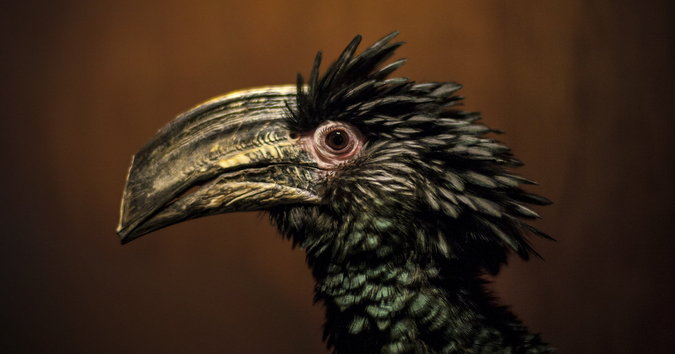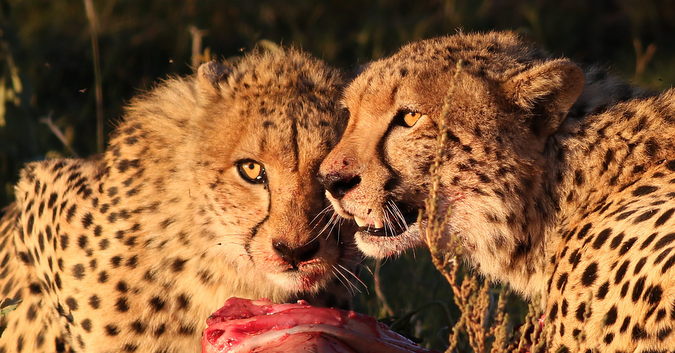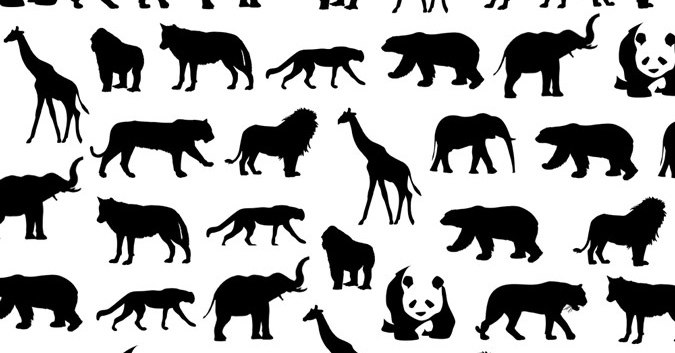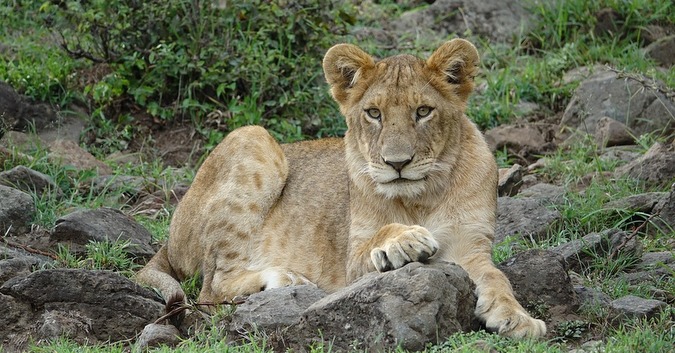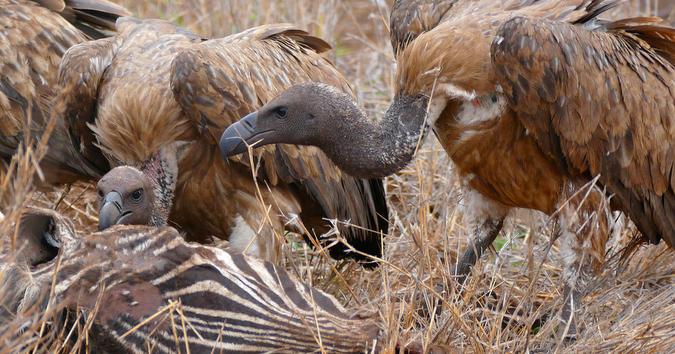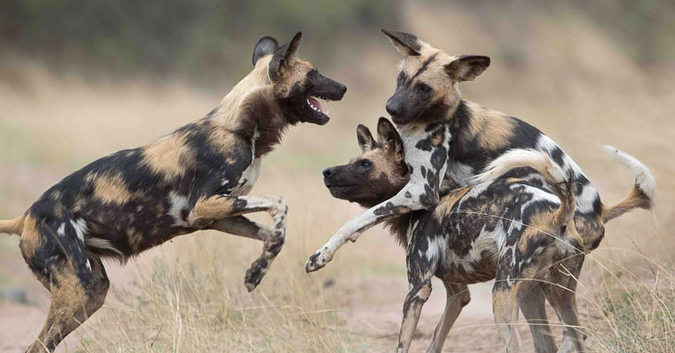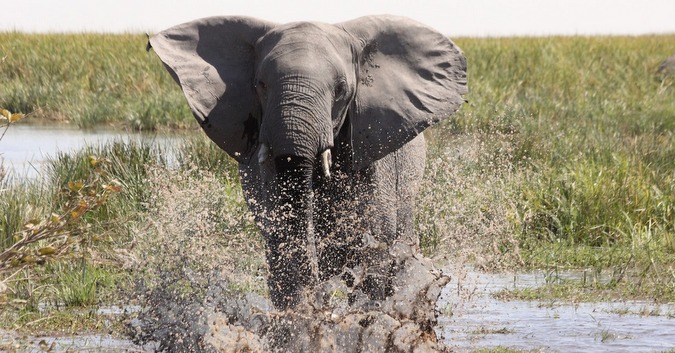Researchers highlight the complex relationship between elephant impact and vulture nest survival in the Greater Kruger National Park.
Post Series Archives:
Study: Elephant poaching rates in decline, but iconic species remains under threat
Latest study reveals elephant poaching rates in Africa have started to decline, but levels of poverty, corruption and ivory demand still threaten the iconic species.
Large-tusked elephants are in decline, need to be protected from trophy hunting and poaching, says researcher
The need to protect large-tusked and potentially large-tusked elephants from poaching and excessive selective hunting pressure is more apparent than ever as the progressive decrease in average tusk size over the past three decades is potentially leading to over exploitation of older bulls.
Lion populations show significant loss of genetic diversity, say researchers
Lion populations in southern Africa are weakening genetically, and less able to recover from current and future pressures, say researchers.
Elephants are sentient and conservation strategy should adapt, says researcher
We struggle as humans to understand our own actions. How can we begin to understand and provide possible interpretations for the actions of other species such as elephants?
Bull elephants – their importance as individuals in elephant societies
It has long been recognised that older female elephants are pivotal to elephant ecology and herd survival, but what of older males?
Why identifying individual elephants is important, and the pivotal roles matriarchs and older bulls play
Understanding the importance of identifying elephants and the pivotal roles matriarchs and older bulls play.
Complex communication: Heaviside’s dolphins produce unusual sounds to communicate
Heaviside’s dolphins are shown to produce unusual sounds to communicate and appear to ‘take turns’ calling in larger groups.
Should Africa’s protected areas be reconfigured? – IUCN report
IUCN report asks if Africa’s protected areas need to be reconfigured in light of current conservation realities.
Trophy hunting in Africa is in decline, and no longer pays its way
Trophy hunting in Africa is in decline, and no longer pays its way, leading to poaching and habitat loss in hunting areas – according to IUCN report
‘Silver spoon effect’ provides lifelong benefits for banded mongooses – study
The benefits of the ‘silver spoon effect’ in banded mongoose pups extend across their lifetime, a new study has shown.
Botswana 2018 aerial survey – of elephants, baobabs and cattle
Botswana elephant survey now made public. You’ve seen all the political posturing from all sides, now read the actual report and make up your own mind.
What’s the difference between turtles, tortoises and terrapins?
Turtles, tortoises and terrapins are reptiles characterised by a cartilaginous shell – though often the terms used to describe these species can get a bit confusing, depending on the type of English used.
Research reveals why zebras got their stripes
Why do zebras have stripes? A study takes a step closer to answering this puzzling question and to understanding how stripes actually work.
Fate of meerkats tied to seasonal climate effects
Does a drier and hotter climate present a threat to the meerkats in the Kalahari Desert? Researchers reveal that climate change is likely to impact meerkats, and seasonal rainfall and temperature will be the key factors.
Servals thrive at huge petrochemical plant in South Africa
Researchers have found that a petrochemical plant supports a serval population density far greater than any other site on record across the entire range of the species.
Beach lions again hunting seals and coastal birds in Namibia, after 35 years
Research has revealed that the desert-adapted lions eking out a living on the harsh northwest coast of Namibia’s Skeleton Coast National Park (SCNP) are again specialising in hunting seals and coastal birds such as flamingos and cormorants, after an absence of 35 years.
Warthog facts you need to know
According to the Chinese zodiac, 2019 marks the year of the pig. So what better way to celebrate it than by taking a look at one of Africa’s own wild pig: the warthog!
African, Asian & forest elephants – what’s the difference?
Did you know that there are three species of elephants? We take a look at the differences between the African, Asian and forest elephant.
Turtles being ‘feminised’ by climate change, say scientists
Up to 93% of green turtle hatchlings could be female by 2100, as climate change causes “feminisation” of the species, new research suggests.
Understanding lion infanticide
Lion infanticide: A look into why lions sometimes kill the offspring of their own species.
Opinion: Elephant experts respond regarding proposed citrus farm on Kruger border
Elephants Alive has released a comprehensive report regarding the proposed 120ha citrus farm development on the border of the Greater Kruger National Park.
To end wildlife trafficking, engage with local communities – study
The international donor community and governments have invested heavily in fighting illegal wildlife trade, but so far, they haven’t succeeded in ending rhino poaching. New research from UCT shows that for these initiatives to succeed, local communities – many of which live in or near protected areas – need to be involved.
Scientists warn that the world’s wilderness areas are disappearing
Scientists reveal that just 23% of the world’s landmass can now be considered wilderness, with the rest lost to the direct effects of human activities.
Understanding elephant migration in the world’s largest transfrontier conservation area
What you should know about elephant migration in Zimbabwe’s Hwange National Park – the world’s largest transfrontier conservation area.
Video: Gorilla males who babysit have greater reproduction success
Research reveals that male gorillas have greater reproductive success if they spend more time taking care of kids.
Video: How cracks in an elephant’s skin keep it cool
An in-depth study of the African elephant’s wrinkly skin has revealed how its intricate design helps to keep the animal cool, protect them from parasites and prevent dehydration in their dry habitat.
Cannibal cobras
While Cape cobras are known to eat other snake species – up to a third of their diet – recorded instances of Cape cobras eating individuals of the same species has been extremely rare… until now, when researchers investigated and discovered how common and widespread cannibalism in cobras really is.
Oral vaccination protects Ethiopian wolves – Africa’s most endangered carnivore
Over the past month, a team from the Ethiopian Wolf Conservation Programme (EWCP) implemented the first oral vaccination campaign to pre-empt outbreaks of rabies among Ethiopian wolves, the world’s most endangered canid, in their stronghold in the Bale Mountains of southern Ethiopia.
Researchers use “biological passport” to monitor whale sharks – Earth’s largest fish
A new study has revealed endangered whale sharks inhabit smaller geographical scales than previously documented, which suggests they may be at increased risk of local extinction if good conservation management is not in place.
Elephants migrate despite boundaries and borders
A new study from the Conservation Ecology Research Unit (CERU) at the University of Pretoria (UP) set out to unravel migration in the world’s largest terrestrial mammal: the savanna elephant.
The Extinction Business: Lion bone trade threatens world’s big cats
The Extinction Business: South Africa’s ‘Lion’ Bone Trade is an investigative report by EMS Foundation and Ban Animal Trading that reveals startling and alarming factors that have a significant negative impact on worldwide big cat conservation.
Costly communication: Heaviside’s dolphins risk being heard by eavesdropping killer whales
Research has found that the risky vocal behaviour of Heaviside’s dolphins put them at risk from killer whale attacks.
Cheetah cub survival impacted by high-tourism areas
A study has found that high levels of tourism can have a negative impact on the rearing of cheetah cubs to independence.
Video: Processionary caterpillars
Processionary caterpillars are recognised by their behaviour of following each other head to tail in long, single file trails.
Gorillas, chimps and lemurs among species in danger of imminent mass extinction
The majority of primate species, including chimpanzees, gorillas and lemurs, are on the brink of extinction, and scientists fear that without a concerted global effort they will soon be gone for good.
Mysterious deaths of ancient baobabs leave scientists baffled
A new survey of baobab trees across several countries in southern Africa found that most of the oldest and largest of trees have died or significantly deteriorated in the last 12 years.
The black & white of African wildlife explained
Every now and then nature experiments by producing a black or white mutation of an animal or bird that is otherwise normally coloured. There is something magical about seeing a white lion, black leopard or ‘king’ cheetah in the wild, as if it were a spiritual shadow of the species, a form of higher being.
Forest hornbills being decimated in Ghana
Six out of eight Ghanaian forest hornbill species have shown significant population declines due to uncontrolled hunting, according to a long-term research project.
How cheetahs modify prey handling behaviour to outsmart lions and hyenas
Cheetahs in the Serengeti National Park change their behaviour when handling large kills based on the threats presented by lions and hyenas, according to researchers.
Terminally ill Vietnamese find comfort in rhino horn
A recent study has revealed that the reasons why the Vietnamese buy illegal rhino horn is not only for medical and health-related reasons, but also as a form of comfort to those that are terminally ill.
9 Fascinating facts about black-footed cats
Here are 9 facts about the smallest species of wild cat in Africa, the black-footed cat – also known as the small-spotted cat.
Should businesses pay to use animals in their logos and marketing efforts?
Many charismatic species such as elephants, lions, tigers and pandas face the threat of extinction, despite being held up as the poster characters for conservation.
Impalas cry wolf, so say zebras!
It turns out that impalas are the drama queens of the African bushveld, and other species know it, and don’t take their predator alarm calls too seriously.
Wild grey parrot trapping methods are ruinous, says new research
A research paper has investigated how different capture methods and other aspects of the grey parrot trade, other than just the actual volume of birds taken from the wild, can affect sustainability of harvest.
Africa comes out tops in megafauna conservation survey
Safari tourism instrumental as African countries dominate as best worldwide in large mammal conservation, according to study.
Shoebill – 7 reasons to love this dinosaur of birds
The shoebill (Balaeniceps rex) looks like a bird that belongs in the prehistoric age. Found in the marshes of East Africa, the shoebill is classified as vulnerable and is a bucket-list sighting for any avid birder. Here are seven reasons to love this big bird.
Hunting causes life-threatening build-up of toxic lead in vultures
Research in Botswana has revealed that fragments of lead from recreational hunter ammunition are finding their way into vulture bloodstreams, and represent a significant threat to these critically endangered scavengers.
5 Facts you did not know about African wild dogs
Many will know that Africa’s wild dogs (Lycaon pictus) require vast areas to roam, hunt cooperatively to run down their prey and regurgitate food for pups and other pack members. But there are other remarkable facts about these beautiful animals that perhaps you didn’t know.
Research: Are there too many elephants in Botswana?
Botswana’s researchers contribute to the debate surrounding large elephant populations and their impact on the environment in southern Africa.

